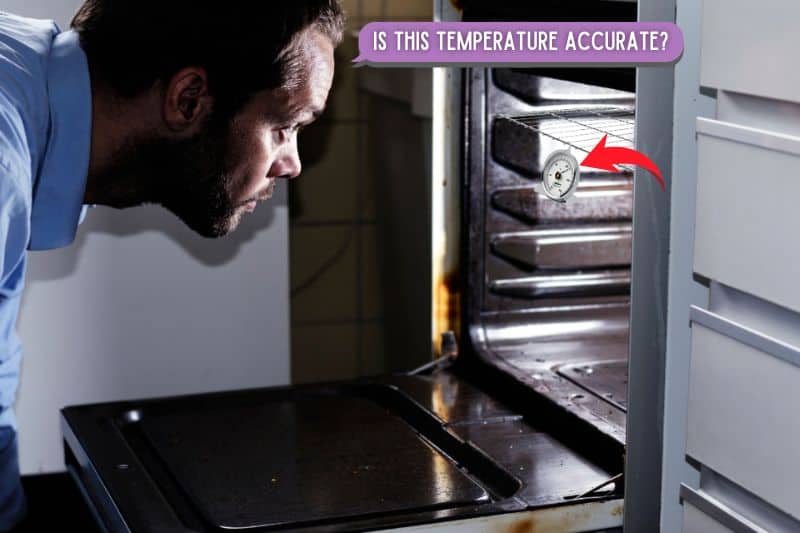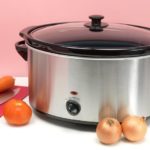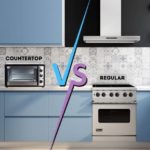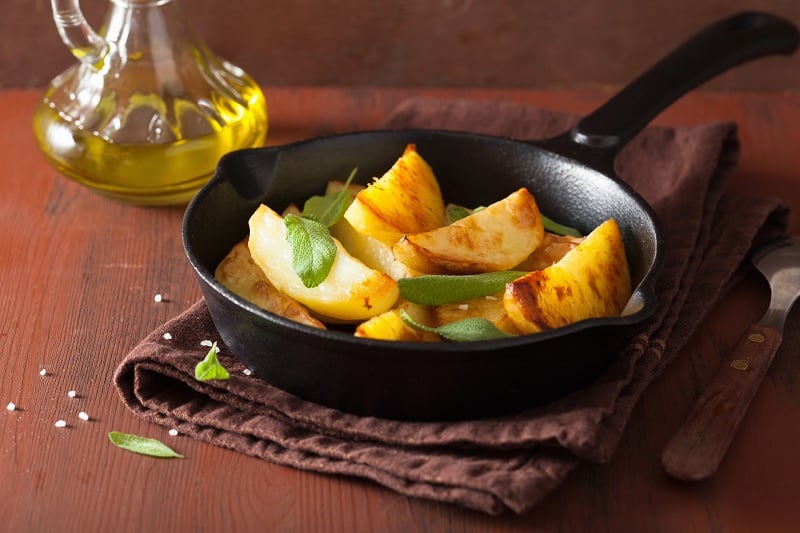There is nothing worse than opening your oven door after the timer goes off and finding burnt food. Or perhaps you have the opposite problem—you’ve sat down to eat only to discover your meal is undercooked.
Unfortunately, this is a common issue with ovens and usually means the temperature calibration is inaccurate.
So, how can you know if your oven temperature is accurate? And what can you do to fix the issue?
Here we give you two different methods of testing your oven temperature and a quick guide on recalibration to avoid future cooking disappointments.
All ovens have a thermostat that constantly measures the temperature inside. When the oven temperature falls below the temperature you’ve set, the oven heats up.
When it rises too far above the required temperature setting, the heating element turns off so the oven cools down. When this system functions incorrectly, your meals will be over or undercooked.
But how can you know for sure there is something wrong with your oven calibration? There are two methods you can use at home to test whether there is a problem, one with a thermometer and one without.
How to Test the Oven Temperature with a Thermometer

Using a thermometer is the easiest way to assess whether your oven temperature is accurate. You can purchase oven thermometers for less than £10 and hang them in your oven to monitor the temperature.
Once you’ve got your thermometer ready, follow this step-by-step guide:
- Take your oven thermometer and place it in the centre of your oven on the middle rack.
- Turn the oven on to 180˚C and allow your oven to preheat for 20 minutes.
- After 20 minutes, open the oven door and take a thermometer reading to see whether or not the appliance is reaching the temperature you have set.
- Close the door and let the oven run for another 20 minutes before taking a second reading.
- Repeat step four for a total of 3-6 times so you have readings for 1-2 hours.
- Take all your readings, add them together, and divide by the total number to get an average temperature reading – if your oven temperature is accurate this should average 180˚C.
How Can I Check My Oven Temperature Without a Thermometer?
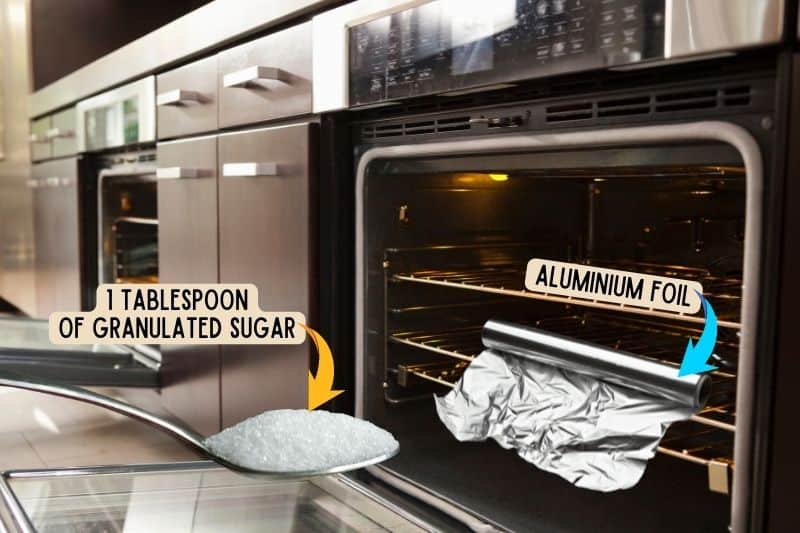
If you don’t have an oven thermometer to hand, you can also test whether your oven temperature is accurate by using granulated sugar.
This is based on the fact that sugar melts at temperatures of 184°C to 186°C. Therefore, you can use this to test the temperature accuracy of ovens by using the following process:
- Turn the temperature dial on your oven to 180˚C and allow it to preheat for 20 minutes.
- Put a tablespoon of table sugar on a piece of aluminium foil and place this in the centre of your preheated oven. Set a timer for 20 minutes.
- After the timer goes off, remove the sugar from the oven and compare the consistency to the sugar before you put it in the oven.
- Next, turn the temperature up to 190˚C and wait for the oven to reach temperature.
- Put a tablespoon of table sugar on a second piece of aluminium foil and place this in the centre of your preheated oven. Set a timer for 20 minutes.
- After the timer goes off, remove the sugar from the oven and compare the consistency to both the sugar before you put it in the oven and the sugar that was heated at 180˚C.
Once you have done these steps and made your observations use the below guide to work out how accurate your oven is. Remember, sugar should melt at around 185˚C, therefore:
- If both sugars have melted, your oven temperature runs high
- If neither sugar has melted, your oven temperature runs low
- If the first sugar hasn’t melted but the second sugar has, your oven temperature is accurate
How Do I Recalibrate My Oven Temperature?
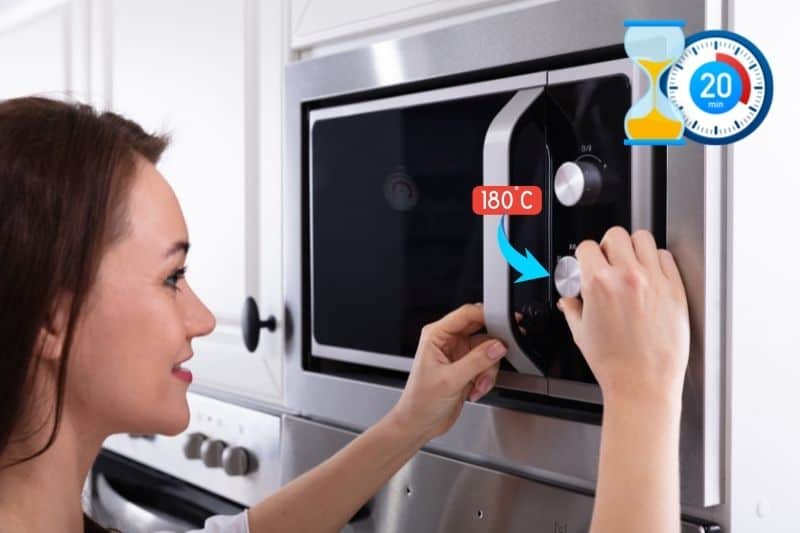
If the temperature of your oven is inaccurate, you should recalibrate the appliance. This involves rematching the temperature dial so that it corresponds with the true internal temperature of the oven.
For this, you will need a temperature thermometer. Once you’ve got one handy, follow these steps:
- Place the oven thermometer in the centre of the oven and heat the oven to 180˚C.
- Let the oven heat for 20 minutes, then take a reading from the thermometer.
- Repeat step two, taking readings every 20 minutes for the next hour and a half.
- Calculate the average temperature by adding up all the readings and dividing by the total number of readings, in this case, six.
- Calculate the difference between the average internal oven temperature (calculated in step four) and the set temperature of 180˚C.
- Remove the plastic knob from the temperature dial, then loosen the screws holding the outer part of the dial in place using a screwdriver.
- If the oven is overheating, hold the stem and turn the temperature dial clockwise. If the oven is underheating, hold the stem and turn the temperature dial anti-clockwise.
- Replace the outer part of the dial, put the screws back in place, and put the plastic knob back.
This should fix the problem and ensure your oven temperature is accurate. If not, you can try repeating the above process—you possibly turned the dial too far when recalibrating and now have the opposite issue!
If this still doesn’t fix things, there is probably an issue with one of the electrical components in your oven.
In these cases, you might need to invest in a new thermostat, heating element, or another internal part to solve the heating issues.

Hannah is a freelance content writer and self-proclaimed foodie. When Hannah isn’t sitting tapping at her laptop, you’ll probably find her in the kitchen. As an ex-chalet host, she’s used to cooking four-course meals for 10+ people and loves feeding friends and family whenever possible.

